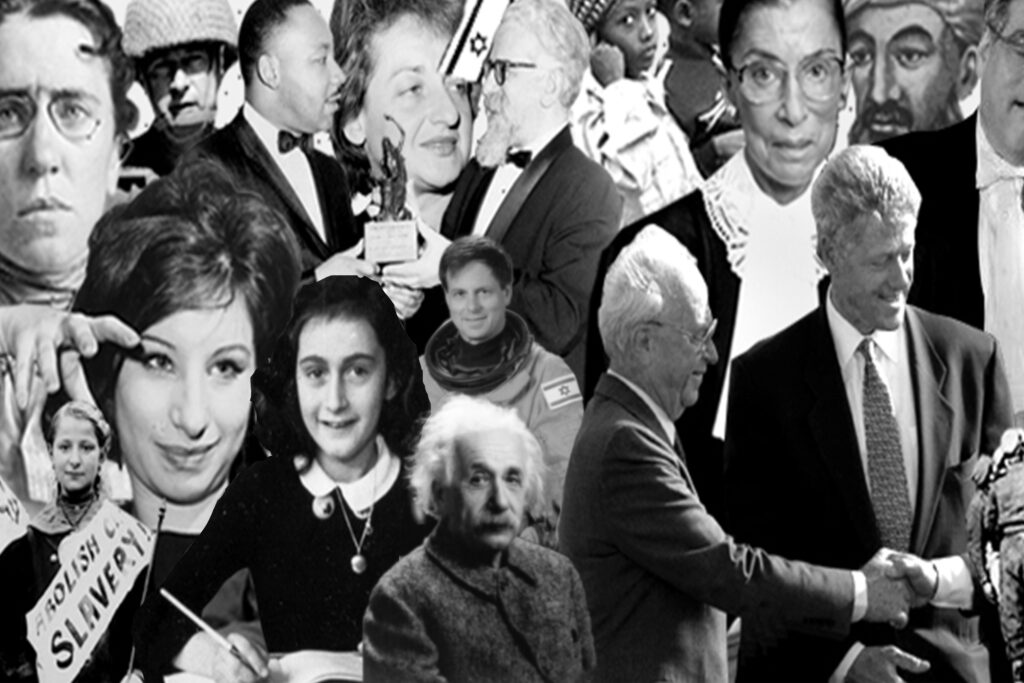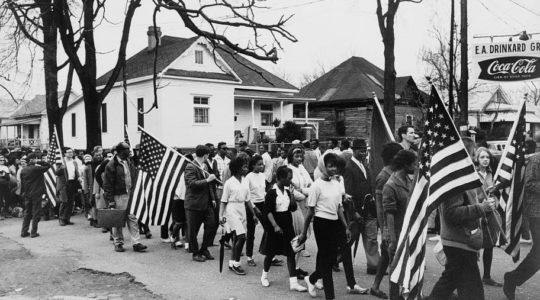American Jews have contributed $10,000,000 since the end of World War II to support vocational installations maintained by the ORT in which 200,000 persons have studied trades, Dr. William Haber, president of the American ORT Federation, reported today at the national convention of the Federation held at the Hotel Commodore here.
Dr. Haber, who was unanimously re-elected president of the organization by the more than 700 delegates who attended the convention, said that there are at present 20,000 students enrolled in 10 countries of ORT operation. He called particular attention to the ORT schools in Israel which now constitute the largest trade education system to be operated by a voluntary agency in that country, with schools in 16 cities and towns.
Dr. Haber announced a new program of financing whereby a portion of United Jewish Appeal funds, received through the Joint Distribution Committee, will be allocated to the ORT schools in Israel in 1953. The financial arrangements between ORT and the JDC have hitherto supported the schools in Europe, North Africa and Iran only.
At a dinner in his honor at the Hotel Commodore last night, Sen. Lehman received a silver plaque from ORT in recognition of his “activities in human rehabilitation.” In accepting the plaque from Dr. Haber, Sen. Lehman described ORT’s network of schools as “pilot plants of democracy.” President Truman, in a message to the convention, joined the delegates attending the dinner in paying tribute to Sen. Lehman. The President’s message also praised the 30 years of ORT’s activities. Other messages hailing the work of ORT were received from Gen. Dwight Eisenhower and Gov. Adlai Stevenson.

Help ensure Jewish news remains accessible to all. Your donation to the Jewish Telegraphic Agency powers the trusted journalism that has connected Jewish communities worldwide for more than 100 years. With your help, JTA can continue to deliver vital news and insights. Donate today.
The Archive of the Jewish Telegraphic Agency includes articles published from 1923 to 2008. Archive stories reflect the journalistic standards and practices of the time they were published.



